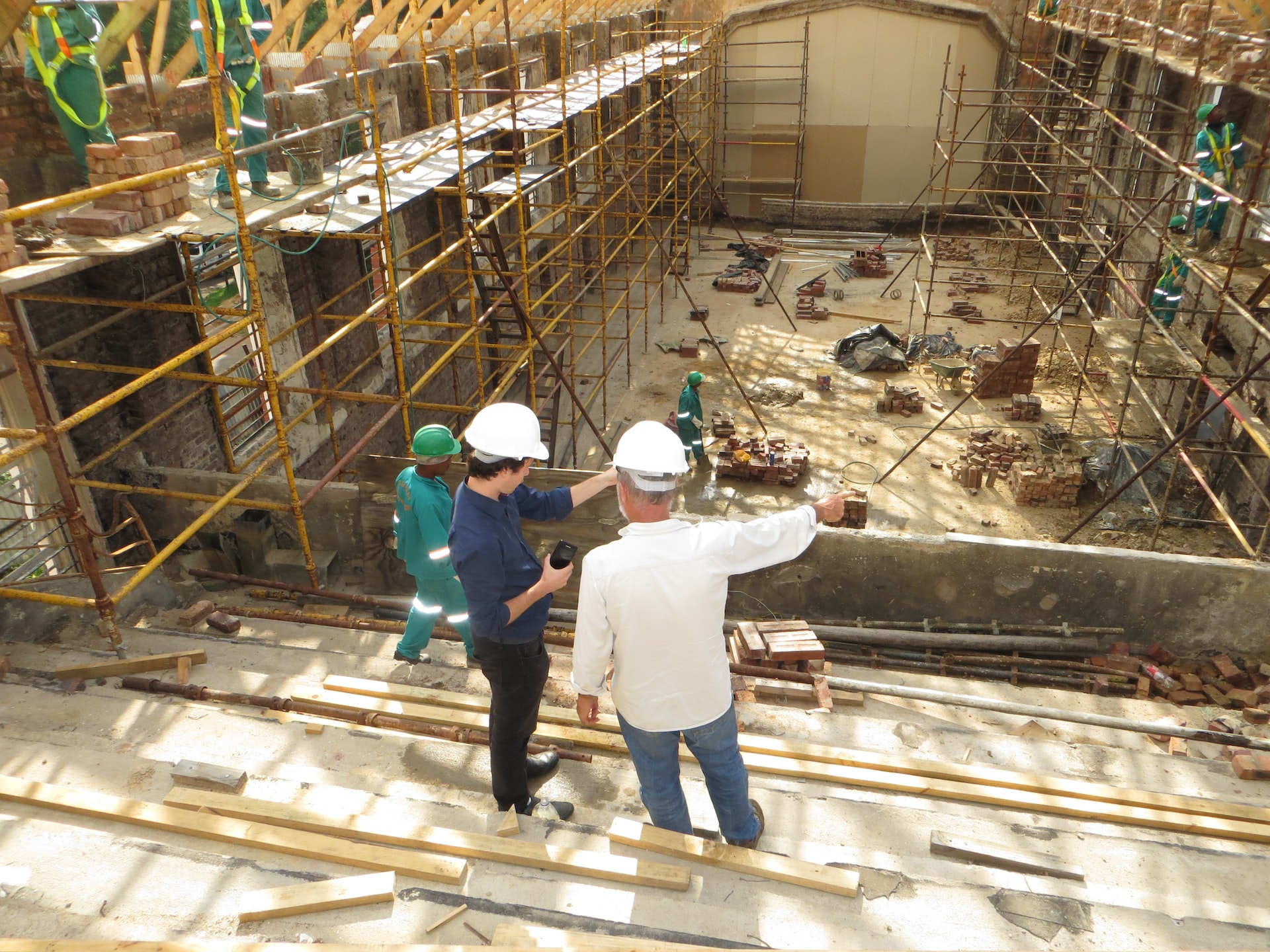As a new architect, taking on new interior design projects for the first time may be exciting, but it can also be daunting, especially if you’re not sure what to expect.
From understanding the design nuances to managing expectations, there are many things to consider before you begin. Not to forget how easily things can go south if you’re not careful.
For example, you may have to deal with the client changing their mind or having unrealistic expectations. Or you might have to deal with the budget exceeding what you had initially planned.
Fortunately, there are ways to tackle such problems. We have compiled a list of useful tips to keep in mind before taking on an interior design project as an architect. Take a look.
Understand Your Client
Interior design projects are meant to be tailored according to the client’s needs. Before you begin, understand their preferences and expectations for the project. Make a note of what they need and try incorporating as much of it as possible into your design.
Research Rules & Regulations
You must stay up-to-date with local rules and regulations regarding interior design before taking on the project. Familiarize yourself with building codes, structural requirements, and other related laws in the area where you plan to work. This will help ensure your designs are within legal limits.
Create a Budget
Be realistic about how much money can be spent on the project. Consider the cost of materials, labor, and services needed to complete it. Also, plan for any extra costs that may arise during the process.
Have A Plan
Creating a blueprint of your design before you start working is essential. Your plan should include all elements necessary for the project, such as furniture, fixtures, and other fittings. Make sure you have a timeline in mind and stick to it as much as possible.
Use Technology
Technology can help you stay organized and keep track of the tasks at hand. Invest in a good software program to streamline the design process and ensure everything runs smoothly.
You can also consider using Reality Capture to capture accurate data about the site. This will help you plan and design the elements accordingly.
Get Creative with Spaces
Take advantage of available spaces to simultaneously make them look great yet highly functional. Consider how different colors, textures, and objects can come together to form something unique while meeting your client’s needs.
Consider Lighting
Lighting is essential in any interior design project. Pay attention to the lighting fixtures and their placement, as it can greatly affect the room’s overall look. Also, remember that different types of light have different effects on a space.
Use Natural Light
Natural lighting can add warmth and coziness to your design while giving you more control over how much light is needed in certain room areas. When possible, try to use natural sunlight instead of relying solely on electric lighting for your designs.
Establish Clear Communication
Stay in touch with your client throughout the entire process. Make sure you frequently communicate so there’s no confusion about the expectations for the project. This will help ensure everyone is on the same page and any issues can be resolved quickly.
Be Flexible
Clients may change their minds or have different ideas during a project, so it’s important to be flexible and accommodate these requests when possible. As an architect, you should also be open to making changes to meet the client’s needs.
Take Safety Precautions
Interior design projects involve a lot of work, so there’s always a chance of injury if proper safety precautions are not taken. Ensure all tools are used correctly and safely while maintaining a clean workspace environment. Instruct your team to follow the safety protocols too.
Final Word
By keeping these tips in mind before taking on an interior design project as an architect, you can ensure the process goes smoothly from start to finish. With careful planning and clear communication with your client, you’ll be able to create beautiful designs that will meet their expectations.







